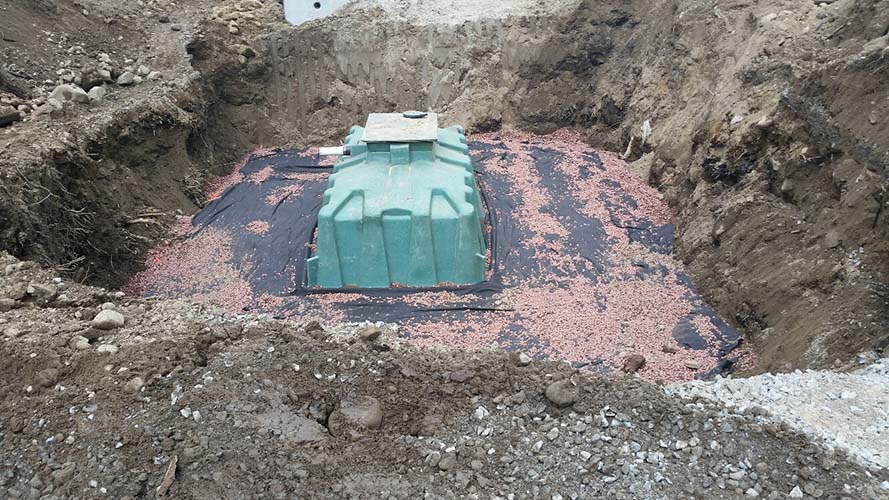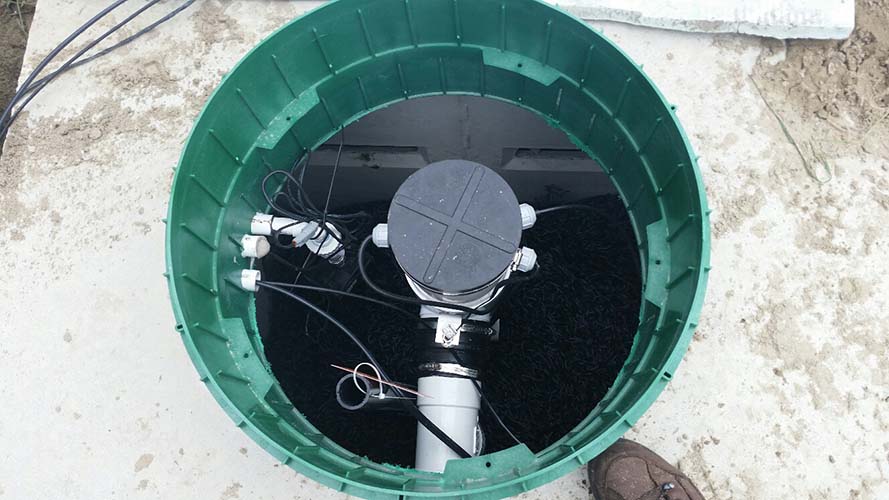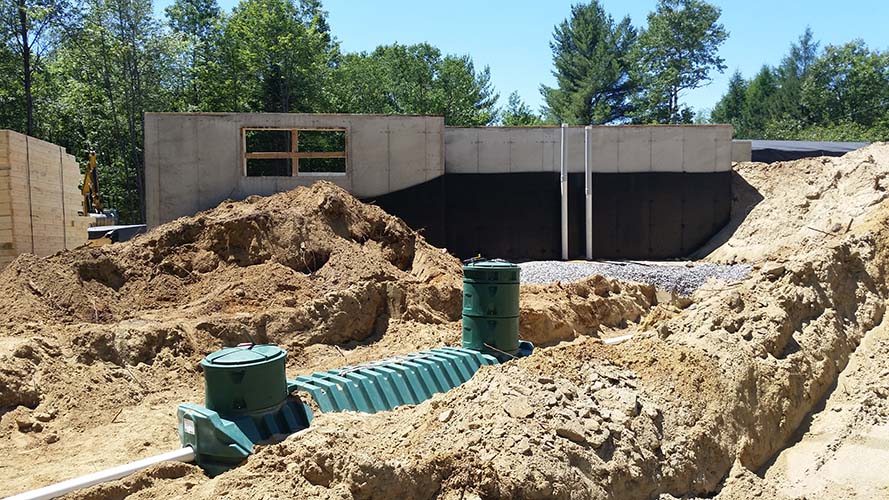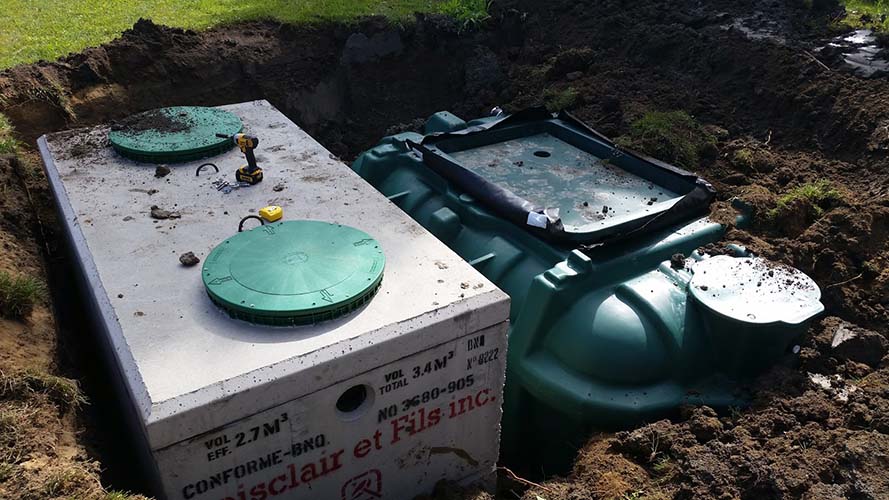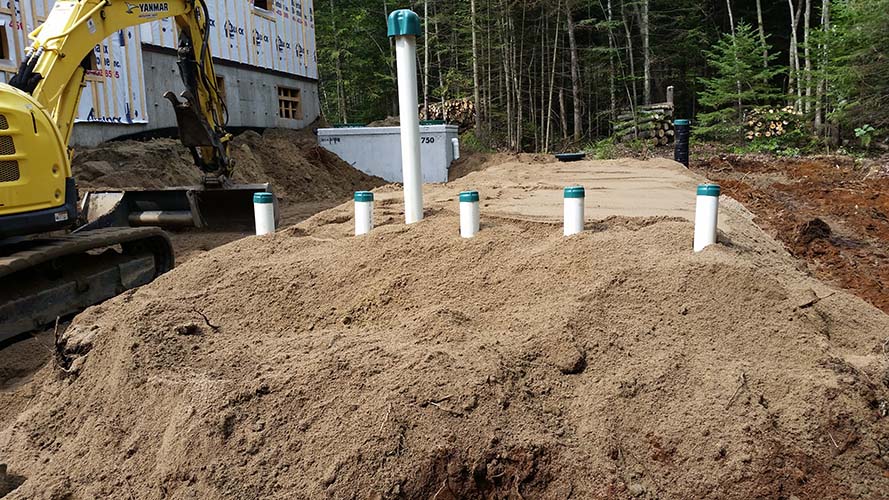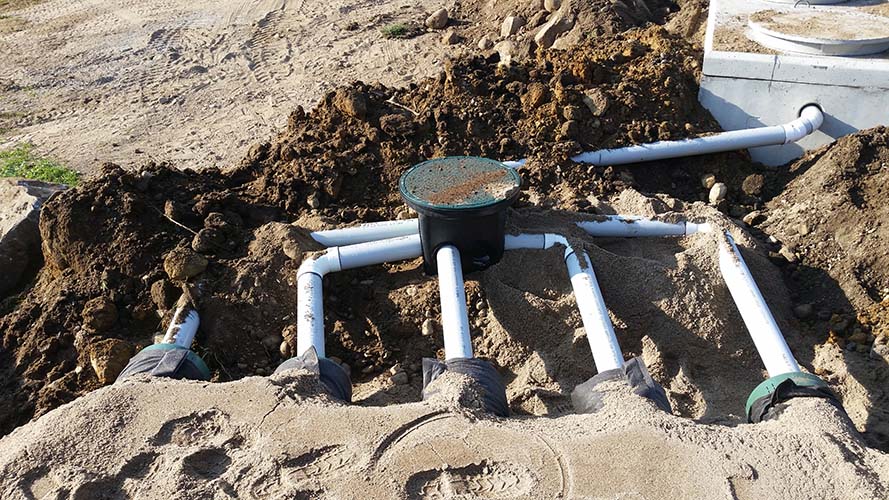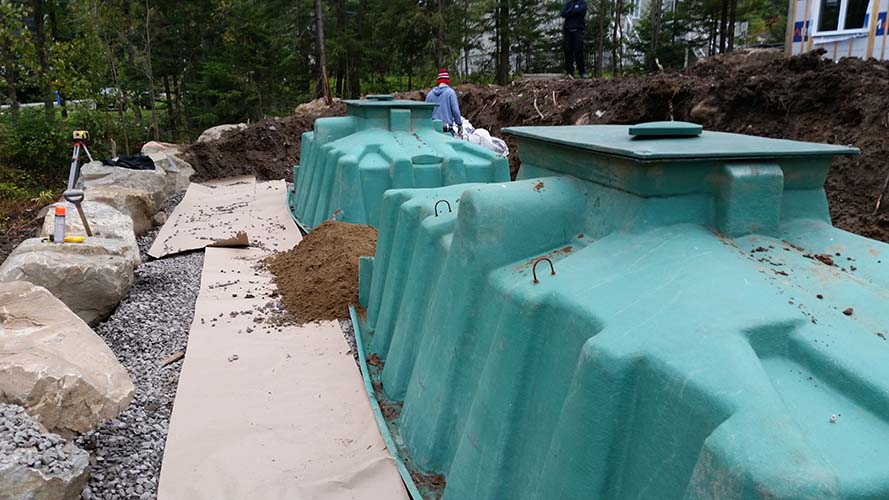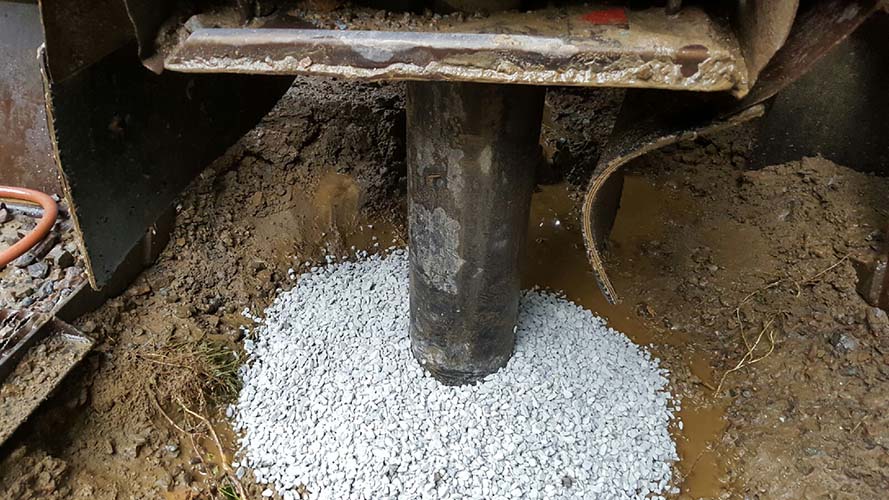Soil Analysis on the North Shore - Soil Permeability
- Complete characterization study (soil test)
- Soil permeability analysis
- Equipment and technology consultation
- System design (residential, commercial and industrial)
- Final inspection
- Supervision of tube well sealing
VIEW AVAILABLE PRODUCTS
ProductsREGULATIONS
The Regulation respecting wastewater disposal systems for isolated dwellings (Q-2, r. 22) applies to residences and buildings that are not connected to municipal sewage systems or community sanitation facilities.
The goal of the Regulation is to prohibit the release of untreated wastewater from lavatories and other household sources into the environment.
The treatment technologies established under the Regulation enable effective wastewater sanitization to avoid contaminating wells and other shallow potable water sources. The provincial Environment Quality Act considers untreated wastewater as a contaminant in the sense of the law.
Since August 12, 1981, any individual who intends to build a residence in a remote location, to increase the capacity of their home or of another building, or to carry out work on a water treatment system must obtain a permit from the appropriate municipal authorities before starting construction. Additionally, all new permit requests must be accompanied by a characterization study (soil analysis) of the site done by a certified member of a competent professional order.
http://www.mddelcc.gouv.qc.ca/eau/eaux-usees/residences-isolees-en.htm
The new Water Withdrawal and Protection Regulation (c. Q-2, r. 35.2, or WWPR) came into effect on March 3, 2015 to replace the Groundwater Catchment Regulation (c. Q-2, r. 6). These new guidelines establish the terms and conditions for the authorization of wastewater withdrawal, as described in article 31.75 of the Environment Quality Act (chapter Q-2). Its main function is to ensure the protection of water withdrawn for the purpose of human consumption or food processing.
In brief, the new framework dictates that:
- The volume of water withdrawn must be based on usage and not the number of wells present (art. 3).
- All water withdrawal systems must be installed in a way that conforms to certain conditions outlined in the Environment Quality Act (art. 13).
- All water withdrawal systems must be constructed with new materials (art. 13.1).
- All water withdrawal systems must be installed in a way that minimizes shoreline and soil erosion (art. 13.2).
- All water catchment systems must be easily accessible for the purposes of inspection, sanitization, repair or sealing (art. 14).
- Subject to certain restrictions, all necessary sealing of water withdrawal systems must be supervised by an accredited professional (art. 15).
- All water withdrawal systems must be located in plain sight.
- In the event of a supervised sealing, a report signed and dated by the driller must also be filled out and signed by an accredited professional.
- The above represents a brief overview of the newly effective norms. To view the full details of the law, click here: http://legisquebec.gouv.qc.ca/en/ShowDoc/cr/Q-2,%20r.%2022


